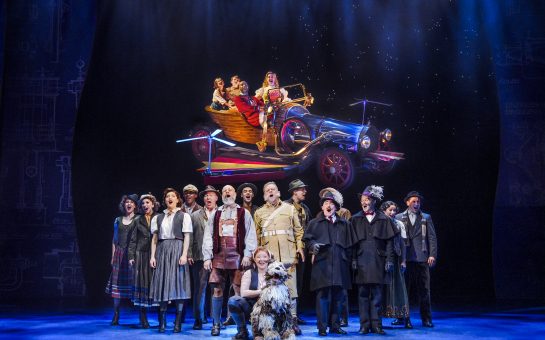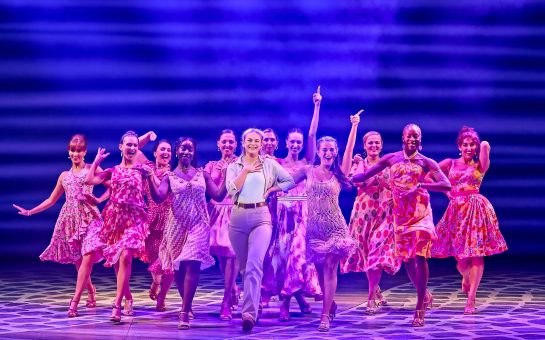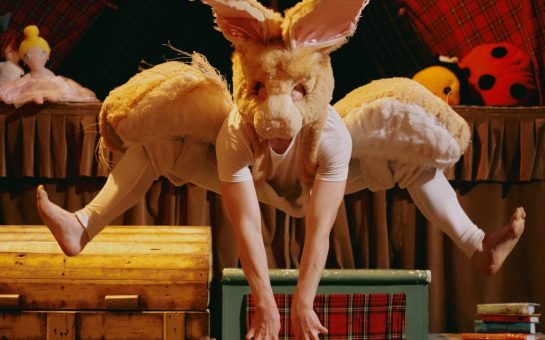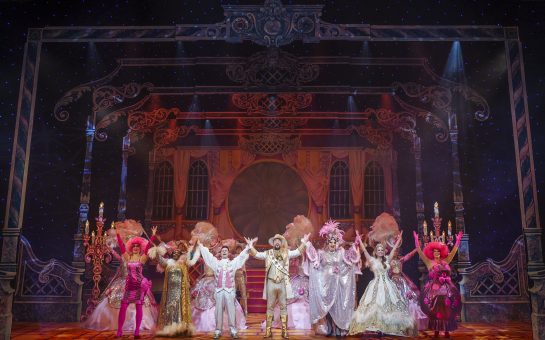Bringing one of the most magical children’s stories to life, Northern Ballet graced the stage of Manchester’s Palace Theatre earlier this week to realise Philip Feeney’s Cinderella.
Set to David Nixon’s re-imagination of the story, Feeney’s Cinderella comes only two decades after his previous composition of the same title.
However Nixon’s creation offers slight, but intriguing, deviations to the original story.
Transporting the audience to 19th Century Russia, Cinderella’s music and choreography subtly reflects its Slavic influences, particularly in the Russian circus and ball scenes.
Cinderella begins as a celebration, accompanied by jovial music to the setting of Young Cinderella’s Birthday Party. Antoinette Brookes Daw, playing the part of Young Cinderella, encapsulates the childlike innocence with playful movement, enhanced by the composition’s light accompaniment.
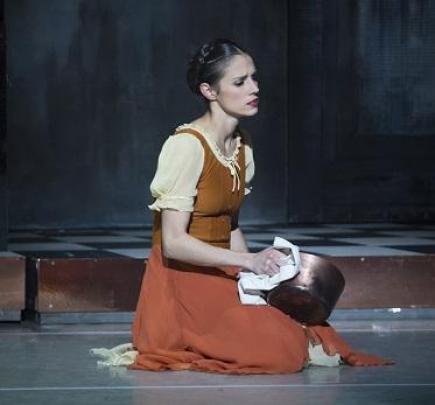 RAGS TO RICHES: Martha Leebolt plays Cinderella
RAGS TO RICHES: Martha Leebolt plays Cinderella
Perhaps the most shocking moment arrives when Nixon decides that Cinderella herself will inadvertently sends her own father to his death.
This results in a subconscious lack of sympathy for the heroine, who gravely tries to win her stepmother’s affections only to be shunned and humiliated.
Her stepmother and stepsisters are portrayed in wicked fashion, with imitation running through both the choreography and orchestration, characterising their mocking and manipulation.
The star of the show is undoubtedly Hironao Takahashi, who in another twist from the original plot depicts the ‘Fairy Godfather’, and Cinders’ father.
Takahashi unleashes the real magic within the story- granting Cinders’ wish to go to the ball and transforming her dull as dishwater rags into a beautiful sparkling gown.
The music serves to exaggerate the splendour of a scene dotted with twinkling chimes and dancing motifs from the orchestra’s higher register instruments.
Most productions remove Cinders from view during her metamorphosis but Takahashi performs a plethora of slight-of-hand tricks to transform the princess in front of the audience. The gasps of amazement from the youngest audience members proving to even the greatest cynic that magic is real.
Nixon provides moments of sheer choreographic genius, where the ballet dancers mimic the graceful movements of young couples ice skating in the Russian winter scene.
His production triumphs in retaining the wonder of the fairy tale with clever imagery and a childlike playfulness throughout the troupe scenes.
However, amidst the spectacle, there are unfortunately a couple of occasions which fail in portraying the romance of the fairy tale.
Prince Mikhail is portrayed as a shallow lover, whose interest in the persecuted heroine only wanes on his discovery of her true identity; a far cry from the Prince Charming who has won the hearts of Disney fans for decades.
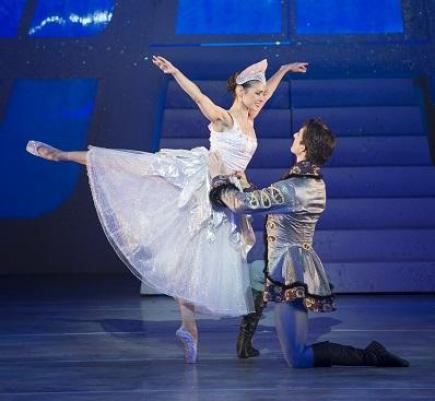 A FAIRYTALE ROMANCE: Martha Leebolt and the prince, Tobias Batley
A FAIRYTALE ROMANCE: Martha Leebolt and the prince, Tobias Batley
But, the chemistry demonstrated in the two pas de deux was convincing enough to quash all previous misdemeanours from our Prince.
The audience did get their fairy tale ending in an understated finale, accompanied by a delicate marriage of dance and orchestration; it left an audience of all ages smug in the knowledge that Cinders realised her dream.
An unusual interpretation of a truly classic tale, brought to life by Feeney’s imaginative score and Nixon’s eye for pure magic.
